
Understand how drainage is done on railroads
The work of a railroad is not just based on the path of the trains in one journey, carrying the loads to the planned destinations. For this to happen, intensive work is needed to make the track safe and allow trains to move properly, such as draining on railroads.
You've probably heard of soil drainage. In different spaces and environments, drainage is an important step in soil qualification. For railroads, this is no different. For a train to be able to move safely on the tracks, it is essential that the soil that supports both trains is resistant and qualified.
The drainage process on railroads consists of the drainage of water from the land where the railroad project will be built. The water is drained through pipes, canals, ditches, ditches, pipes, tunnels, among others.
El proceso de drenaje en vías férreas consiste en el drenaje de agua del terreno donde se construirá el proyecto ferroviario. El agua se drena a través de cañerías, canales, acequias, acequias, cañerías, túneles, entre otros.
But how exactly does this process work? What are the characteristics of the soil, the construction projects, the needs, why is this practice so important? That's what we'll see in the following article.
Content Index
Railroad Structure
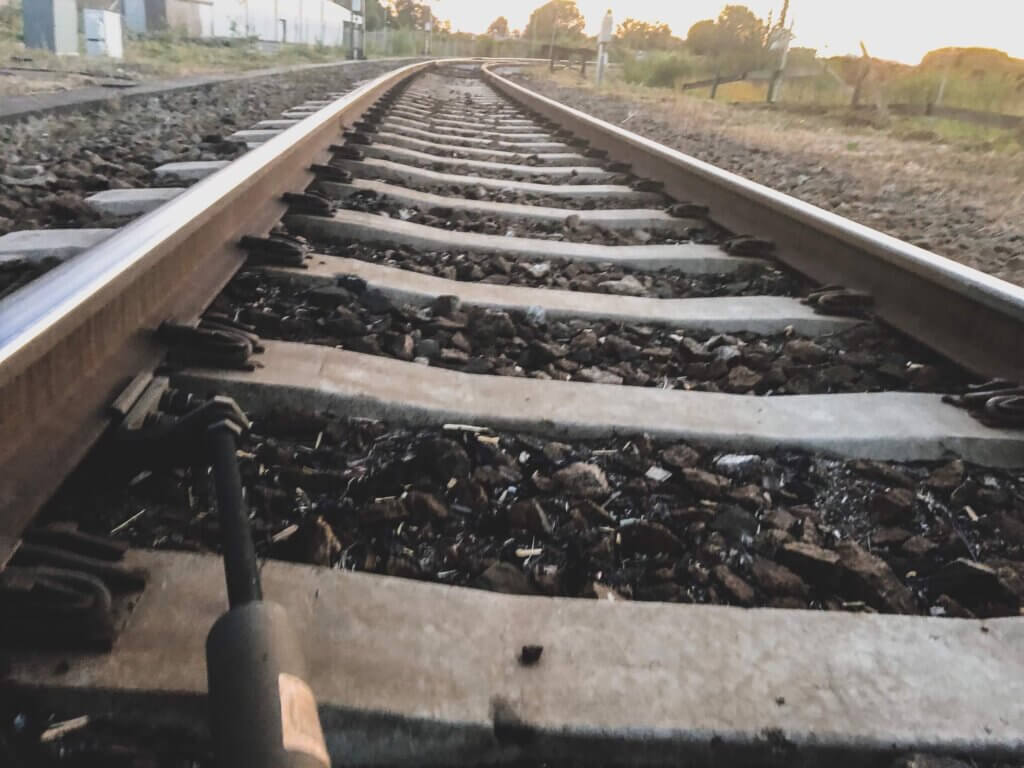
First, it is essential to understand how the structure of a railroad is composed so that you can identify where the drainage system is mounted on railroads.
The structure as a whole is mainly composed of the superstructure, which is responsible for the direct contact with the train, absorbing its weight and dimension during the journey on a railroad. This superstructure consists of works that involve a series of materials.
Meanwhile, the road infrastructure that supports and supports the superstructure is mainly made up of earthworks, earthworks and drainage systems.
To understand it a little better, we selected the components that make up the superstructure and then we will talk about the railroad infrastructure, more specifically the drainage system, understanding that it is present in different layers of this composition.
- Rails;
- Sleepers;
- Ballast;
- Sub-ballast.
Rails
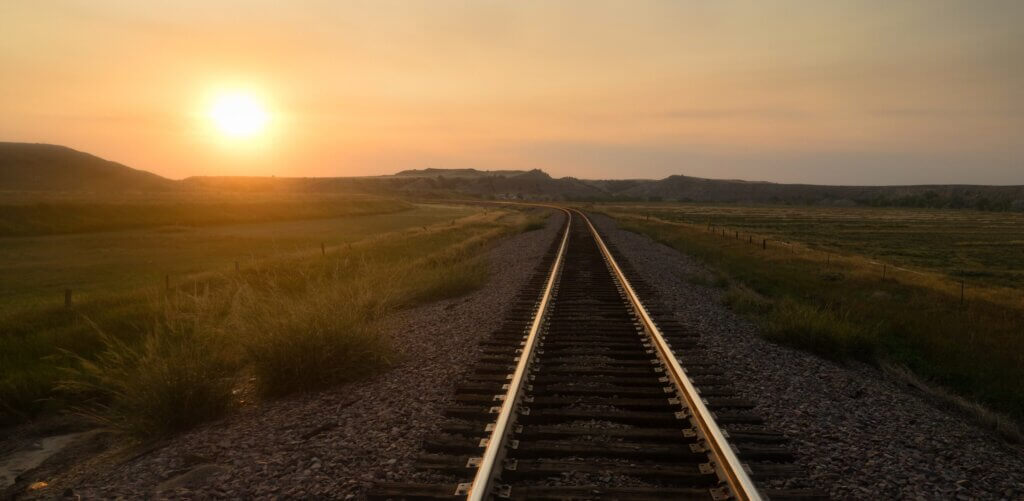
The tracks are rolled steel profiles that are grouped one by one until a railroad track is completely structured. It is under these structures that the trains remain connected during a journey through their wheels, designed to fit perfectly over this component for the movement to occur.
Sleepers
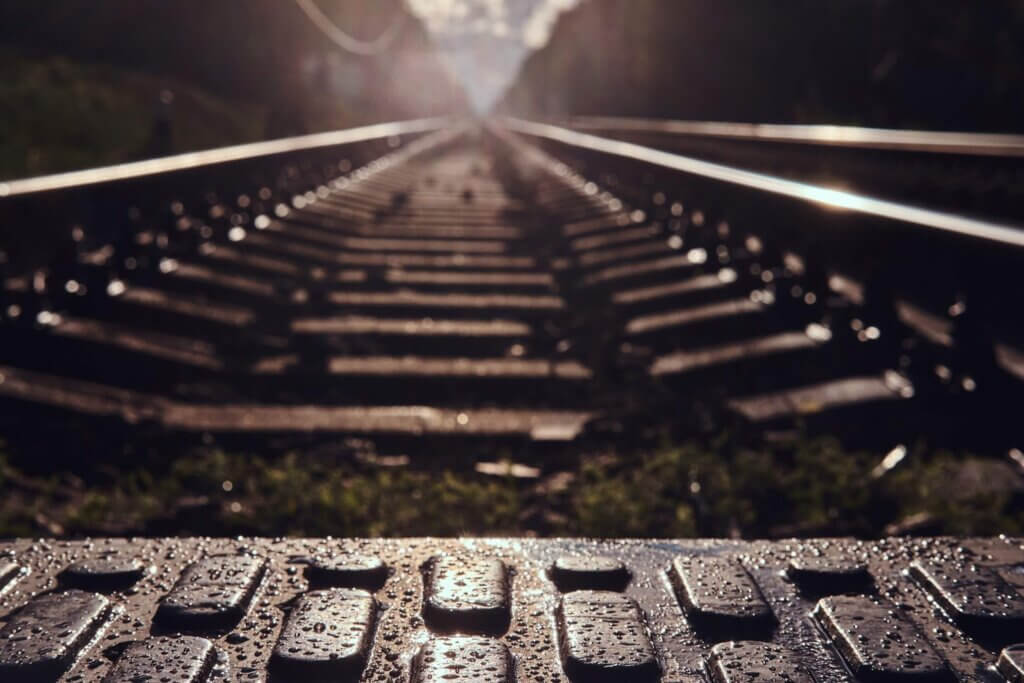
Sleepers are the pieces connected between the train tracks, assembling a uniform composition throughout the entire length of a railroad. This component can be manufactured in different materials, such as wood, steel, concrete, concrete, among others. They help trains remain fixed during the journey, as well as helping to support the weight of the loads.
Ballast
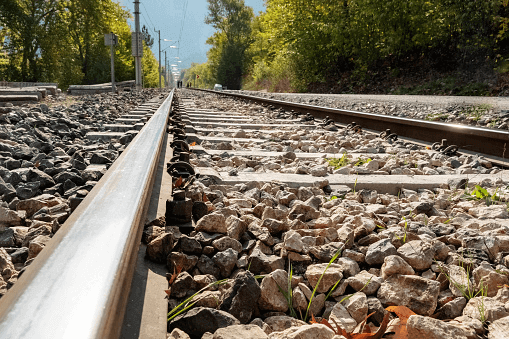
Ballast is the part that seats the sleepers, allowing them to be securely fixed and positioned on the track. Ballasts are normally composed of a layer of crushed stones, placed on the ground.
Sub Ballast

As the name implies, the sub-ballast is a part of the road composition infrastructure that is positioned below the ballast. Composed of materials such as laterite, gravel and sandy soil, for example, the sub-ballast has the function of helping to absorb the impact of loads on the ballast, transferring it to the land adjacent to it.
Types of drainage
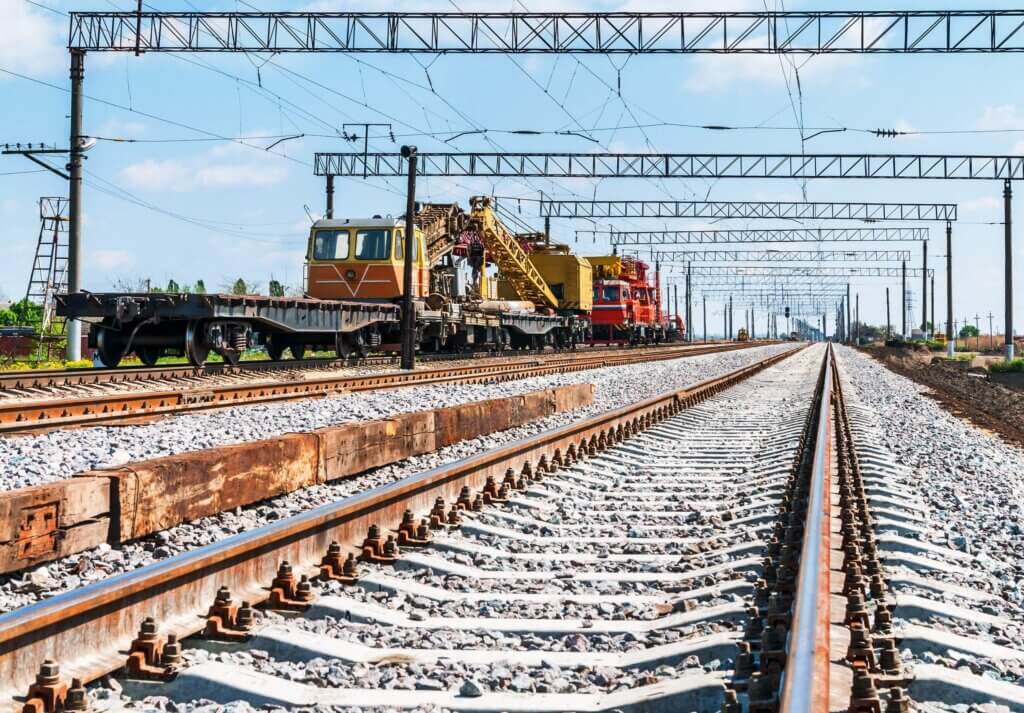
To continue, it is important to highlight that there are two main types of drainage on railroads: superficial and deep drainage. Each of these drainage models has different goals during this process, but both are critical to ensuring that this technique is performed well.
Surface Drainage
Drainage levels can already be identified by the name of each type. Surface drainage, for example, takes place on the surface of the land.
The main objective of surface drainage is to achieve flow of water accumulated on the surface of the land on which it will be mounted or which is positioned in the other structures of a railroad.
This is due to the large accumulation that exists in this part of the land as a result of precipitation, essentially rain. In this sense, surface drainage, one of the drainage models on railroads, aims to create a system that allows this accumulated water to be dissipated into the soil.
For this, there are some structures that need to be used, such as the application of lined ditches, molded channels, gutter guides and concrete pipes, for example.
Deep Drainage
Deep drainage, on the other hand, is a more intense drainage model on railroads. The idea of deep drainage is to eliminate the water accumulated inside the ground of the railroad's land, aiming to lower the water table. This is essential so that the water present in the depths of the soil does not reach the surface, making the process of draining the railroads even more difficult.
For this system to work, deep drainage is essentially composed of drainage trenches, drains and deep horizontal trenches.
Drains, for example, are system tools that collect water and transport it to a location far from the railroad drainage system, ensuring that this water is dissipated and no longer interferes with the functioning of the track.
Noticing the assembly of drainage systems on railroads, we were able to understand that ballasts and sub-ballasts are part of the railroad superstructure that also act so that water drainage is well executed, since these are the structures positioned both on the surface and in a deep layer of the pathway.
Consequences of a poor drainage system

Of course, the drainage system is a fundamental part of this composition that allows the trains to act on the wrong networks, as it qualifies the superstructure and provides the necessary support so that the construction does not succumb.
In this sense, naturally the installation of a deficient drainage system can have a series of consequences for the railroad on which it was installed.
Due to the accumulation of surface water, an inefficient railroad drainage system can generate flooding of the track and adjacent land, preventing trains from starting.
The deterioration of the tracks and other superstructure components is also an important consequence of the inaccuracy of a railroad drainage system. The direct and accumulated contact of water with the metal, wood and other materials of the structure, by itself, can already cause certain structural impacts over time.
In addition, due to the difficulty of moving trains on the tracks, due to the accumulation of water, the damage can become even greater over time.
This can directly affect the speed of trains, the number of trips a train will be able to make on the track and, consequently, impacts the economy, as it may be necessary for trips to be interrupted or slowed down, changing the planning of companies involved in the transport of cargo.
Finally, another aspect that needs to be mentioned are related to erosion, which is one of the most significant problems when we talk about soil deformation in Brazil. Water erosion causes the soil where the tracks and other compositions are positioned to deteriorate and deform, making it difficult for the composition of the railroad to function as desired.
Conclusion on railroad drainage
As we have seen, drainage in railroads is essential for the track to work as expected. Drainage makes the accumulated water, both on the surface and underground of the land, to be drained in a qualified manner, avoiding a series of problems that can be harmful, such as wear on the tracks, structural damage to the railroad, soil erosion, among others.
Searchs:
http://le-cplp.lnec.pt/apresentacoes/Tema%202_2%20Fontul%20S_Drenagem%20.pdf
http://transportes.ime.eb.br/etfc/monografias/MON098.pdf
http://www.producao.ufrgs.br/arquivos/disciplinas/420_12-nocoes_de_drenagem.pdf
https://www.portaleducacao.com.br/conteudo/artigos/nutricao/glossario-tecnico-ferroviario/56006












